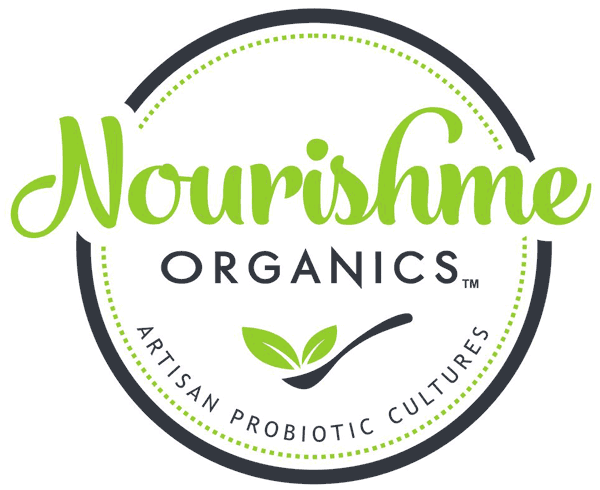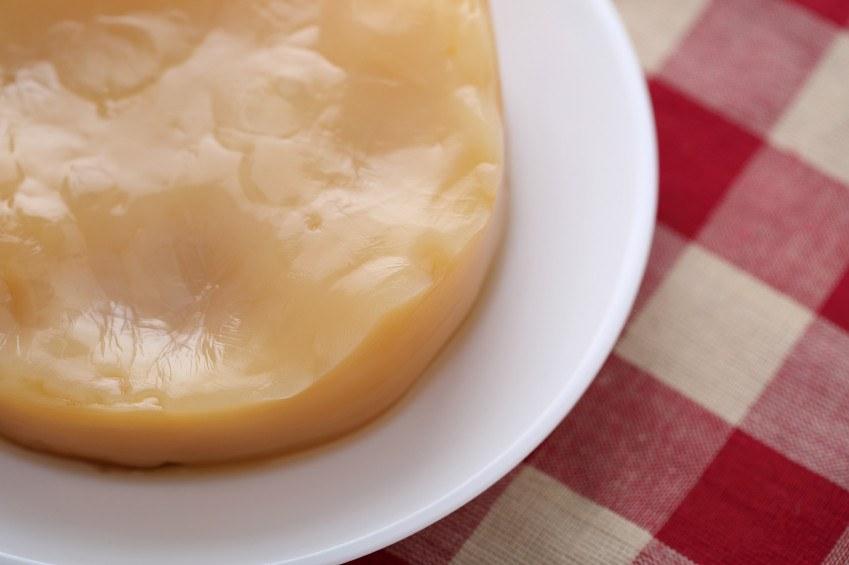-
Shop
- Start Here
- Best Sellers
- What's New
- Brands
- Activated Probiotics
- Bioclinic Naturals
- Biogaia
- BiotiQuest
- Bodybio
- Cellcore
- Flordis
- Gelpro
- Kefirko
- Low D
- Masontops
- MedLab
- Melbourne Hot Sauce
- Metabolic Maintenance
- Microbiome Labs
- Mito Wellness
- Mother Dirt
- Nourishme Organics
- Preventa
- Provenir
- Pure Encapsulations
- Qenda
- Quicksilver Scientific
- Researched Nutritionals
- Thorne
- VSL3
- Vivomixx
- Bundles
- Allergic Rhinitis
- Anti-Ageing
- Australian Made
- Beauty
- Biohacking
- Bone Broth
- Books
- Candida
- Cheese
- Children
- Cleaning
- Collagen
- Colostrum
- Constipation
- Detox
- Deuterium Depleted Water
- Diarrhea
- Dietary Fibre
- Digestive Enzymes
- Dysbiosis
- Erectile Dysfunction
- Fat Loss
- Fermentation
- Fermented Vegetable
- Fine Foods
- Garden
- Gift Cards
- Gut Health
- Hair Loss
- Heavy Metals
- H pylori
- IBS/ IBD
- Immune Health
- Kefir
- Kombucha
- Leaky Gut
- Low FODMAP
- Medicinal Mushrooms
- Menopause
- Mental Health
- Microbiome Consultation
- Miso, Koji, Natto
- Mitochondrial Health
- Mould
- Multivitamins
- Oral Health
- Organic
- Paleo/ Carnivore
- Pantry
- Parasites
- Pet Health
- Postbiotics
- Prebiotics
- Prepping
- Probiotics
- Red Light Therapy
- Reflux
- Rheumatoid Arthritis
- Root Cause Protocol
- Second Fermentation
- SIBO
- Skin Care
- Sleep
- Sourdough
- Sports Nutrition
- Sprouting
- Stress
- Supplements
- Tempeh
- Testosterone
- Toilet Stool
- Travel
- Vegan
- Weight Loss
- Yoghurt
- Zeolite
-
Shop
- Shop All
- Start Here
- Best Sellers
- By Product
- Australian Made
- Bone Broth
- Books
- Cheese
- Collagen
- Colostrum
- Deuterium Depleted Water
- Digestive Enzymes
- Fermentation Accessories
- Fermented Vegetables
- Fine Foods
- Flordis
- Gift Cards
- Gut Health Supplements
- Kefir
- Kombucha
- Medicinal Mushrooms
- Miso, Koji, Natto
- Mould
- Multivitamis
- Natural Extracts
- Postbiotics
- Practitioner
- Prebiotics
- Probiotics
- Second Fermentation
- Sourdough
- Sports Nutrition
- Supplements
- Tempeh
- Yoghurt
- Zeolite
- By Concern
- By Brands
- Activated Probiotics
- Bioclinic Naturals
- Biogaia
- Biotiquest
- Bodybio
- Cellcore
- Flordis
- Gelpro
- Kefirko
- Low D
- Masontops
- Medlab
- Melbourne Hot Sauce
- Metabolic Maintenance
- Microbiome Labs
- Mito Wellness
- Mother Dirt
- Nourishme Organics
- Preventa
- Pure Encapsulations
- Qenda
- Quicksilver Scientific
- Researched Nutritionals
- Thorne
- VSL3
- Vivomixx
- Home & Beauty
-
Learn
- Reviews
- About us
- Blog
- Podcast
- Contact Us
How To Make Kombucha?
Welcome to our ultimate guide on how to make homemade kombucha! If you've been intrigued by the rising popularity of this fermented drink but are not sure where to start, you've come to the right place.
Making kombucha at home involves a fascinating fermentation process that combines yeast, bacteria, and tea to create a beverage rich in probiotics and antioxidants. The heart of this process is the symbiotic culture of bacteria and yeast, commonly known as SCOBY.
Today, we'll walk you through a simple yet detailed kombucha recipe, including tips on how to store it. So, let's dive in and start brewing your very own batch of kombucha!
Ingredients:
- 1 kombucha SCOBY or kombucha starter (includes the 100ml of starter liquid which is only enough to make 1 L)- 1/4 cup of good quality sugar (we recommend organic rapadura sugar or organic raw cane sugar)
- 1 litre of water
- 2 organic black tea bags or 4 teaspoons of prebiotic English breakfast tea
Equipment
- 1 kombucha pot- kombucha jar
- kettle or pot to boil water in
or
Instructions:
a) Bring water to boil and add tea bags or loose-leaf tea. Turn off the heat and allow the tea to steep for five minutes, then remove the tea.b) When the kombucha brew has cooled slightly, add the sugar and stir to dissolve.
c) Cool the sweetened tea to room temperature, then pour the whole brew into a glass jar.
d) Add the kombucha SCOBY or kombucha starter piece, along with all the starter liquid to the jar, mix, and cover the jar with a cloth and an elastic band.
e) Allow the tea to ferment at room temperature for up to 7 to 10 days for a new SCOBY to form (in hot weather, it ferments faster). Taste the kombucha tea when it has reached 3 days of fermenting to get a feel for what it tastes like. The kombucha tea should taste pleasantly sour and faintly sweet. The longer you leave fermentation, the more sugar ferments out and the more sour/tart the brew becomes.
f) When the kombucha tea has reached a taste, you like and a new SCOBY has formed, remove the newly formed SCOBY* and 100ml of the kombucha tea to start a new batch and repeat the process.
g) You can drink the remaining kombucha tea straight away or refrigerate it.
h) If you want a fizzier kombucha drink (also known as secondary ferment), pour the kombucha tea into a glass bottle and place a lid tightly on and leave at room temperature. After 1 to 2 days, you can drink or refrigerate.
i) Larger quantities of kombucha may be prepared from the second batch onwards, by increasing the ingredients proportionately. *The newly formed SCOBY may get stuck on top of an older SCOBY, in this case, simply tear off the new SCOBY to use with the new batch.
Storage:
- The kombucha SCOBY can be kept refrigerated for up to two weeks in the fridge or up to two years in the freezer when you are not fermenting. The kombucha tea can be kept in the refrigerator for up to two weeks.
Additional Notes:
a) A new SCOBY (clear film on the surface of the brew) will form as a byproduct of fermentation, usually after 5 days of fermentation. The growth of the new SCOBY may vary. It is not unusual to see rounded opaque patches and or brown jellyfish-like tentacles forming underneath the SCOBY. These rounded patches are not mold unless they have a green fuzzy growth that mold usually produces. If any mold is seen, discard the brew and commence with a fresh starter.b) Mold can form on the culture if the brew is not acidic enough - usually because insufficient starter was used. It can also form because of poor hygiene. If there is any mold in your culture, throw it away and do not risk drink it.
c) Please note that all fermented foods may contain trace amounts of alcohol. If fermented foods are being prepared for children, breastfeeding mothers, or pregnant women, please seek medical advice from a trained medical practitioner before consuming these products.
Frequently Asked Questions
Here are some frequently asked questions and their answers about making kombucha:
Q: What is kombucha?
A: Kombucha is a fermented tea beverage made by fermenting sweetened tea with a symbiotic culture of bacteria and yeast (SCOBY). It is known for its tangy flavor and potential health benefits due to its probiotic content.
Q: Is kombucha safe to drink?
A: When made properly, kombucha is safe to drink and offers potential health benefits due to its probiotic content. However, individuals with compromised immune systems, pregnant women, and young children should consult a healthcare professional before consuming it.
Q: What are the potential health benefits of kombucha?
A: Kombucha is believed to have various potential health benefits, including improved digestion, strengthened immune system, detoxification, and increased energy levels. However, more research is needed to confirm these benefits.
Q: Can I make kombucha at home?
A: Yes, kombucha can be easily made at home using a few simple ingredients and equipment. It involves brewing sweetened tea, adding a SCOBY and starter tea, and allowing it to ferment for a period of time.
Q: How long does it take to make kombucha at home?
A: The fermentation process typically takes 7-10 days, depending on factors like temperature and taste preference. It may take longer in cooler temperatures and shorter in warmer temperatures.
Q: Can I flavor my homemade kombucha?
A: Yes, you can flavor homemade kombucha during the second fermentation stage by adding fruits, juices, herbs, or spices to the bottles before sealing them tightly.
Q: How do I store homemade kombucha?
A: Store finished kombucha in the refrigerator to slow down fermentation and maintain its flavor. It can be kept for a few weeks.
Q: What should I do if I see mold on my SCOBY?
A: If you see mold, discard the entire batch of kombucha and start fresh with a new SCOBY and starter tea. Mold can occur due to poor hygiene or improper fermentation conditions.
Q: How can I tell if my kombucha is ready to drink?
A: Taste your kombucha after 7 days of fermentation. It should be pleasantly sour and slightly sweet. The longer you ferment, the less sweet it becomes.















